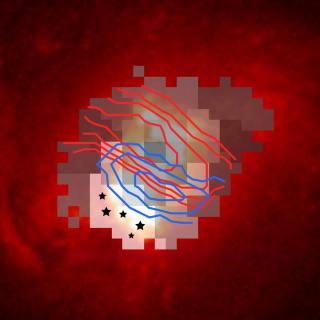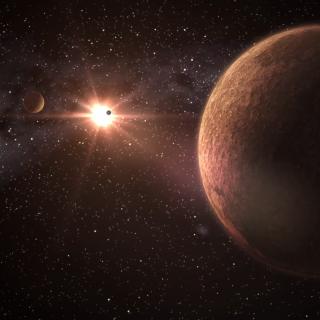
An international research, in which the Instituto de Astrofísica de Canarias (IAC) participates, has discovered a new planetary system comprised of 4 planets orbiting the star TOI-500. This is the first system known to host an Earth analogue with a period shorter than one day and 3 additional low-mass planets whose orbital configuration can be explained via a non-violent and smooth migration scenario. The study is published in the journal Nature Astronomy. The inner planet, dubbed TOI-500b, is a so-called ultra-short period (USP) planet, as its orbital period is only 13 hours. It is regarded
Advertised on
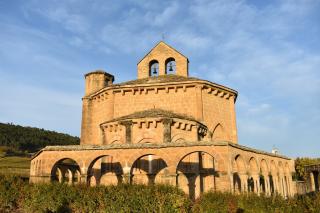
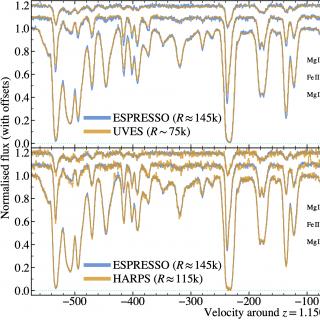
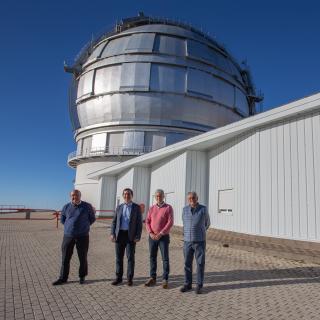
![Young Stellar Population distribution The left panel shows the young stellar population (YSP) distribution overlaid with contours showing the advancing side (blue) and receding side (red) of the outflow. The right panel shows the same but with contours of W80 (i.e. the width of the 5007 [OIII] line).](/sites/default/files/styles/crop_square_2_2_to_320px/public/images/news/ysp-wcont_f.jpg?h=4336e403&itok=AnitfTe8)
